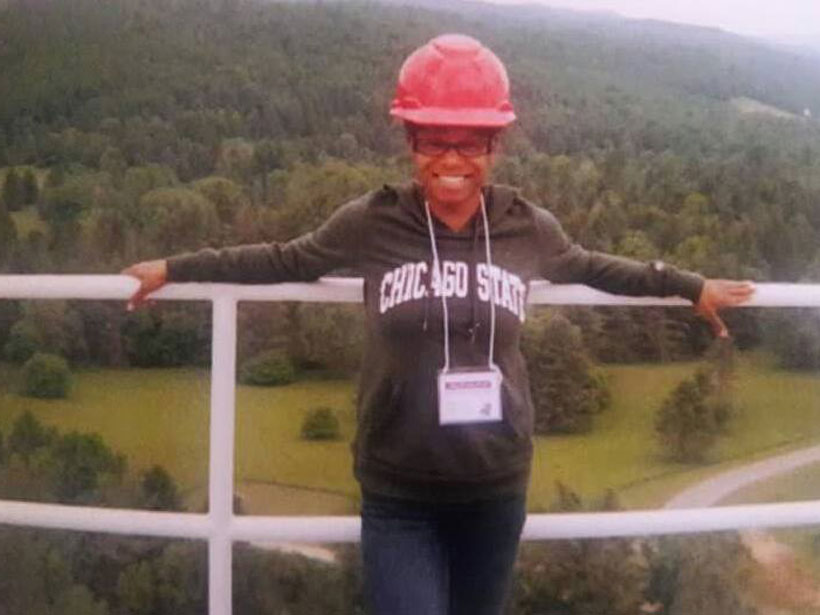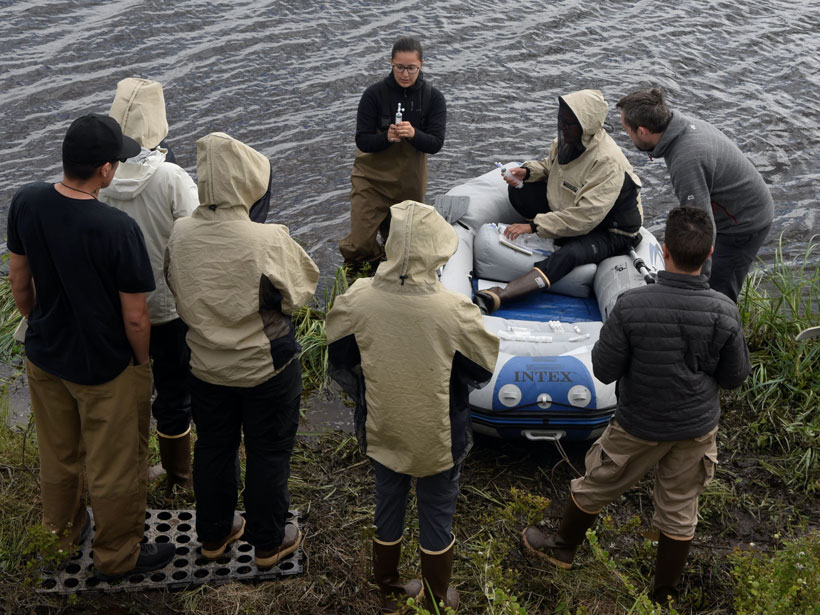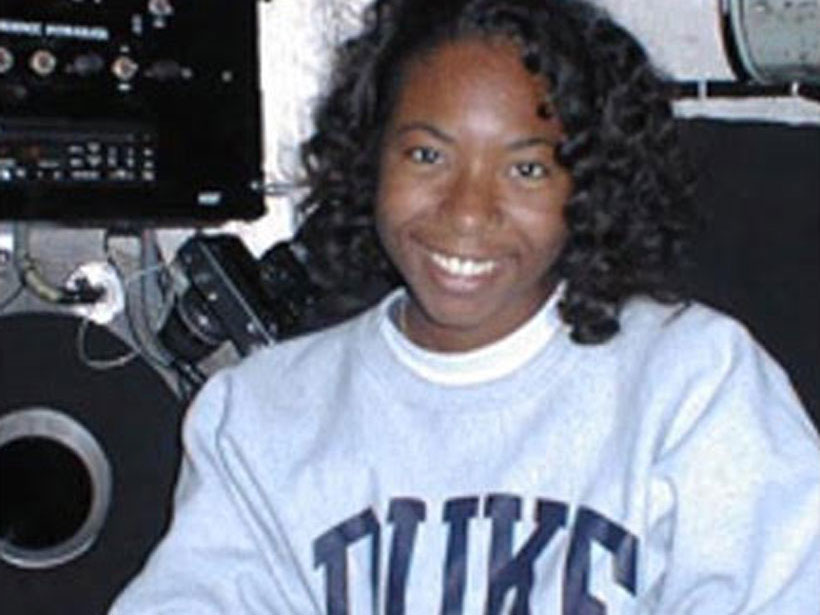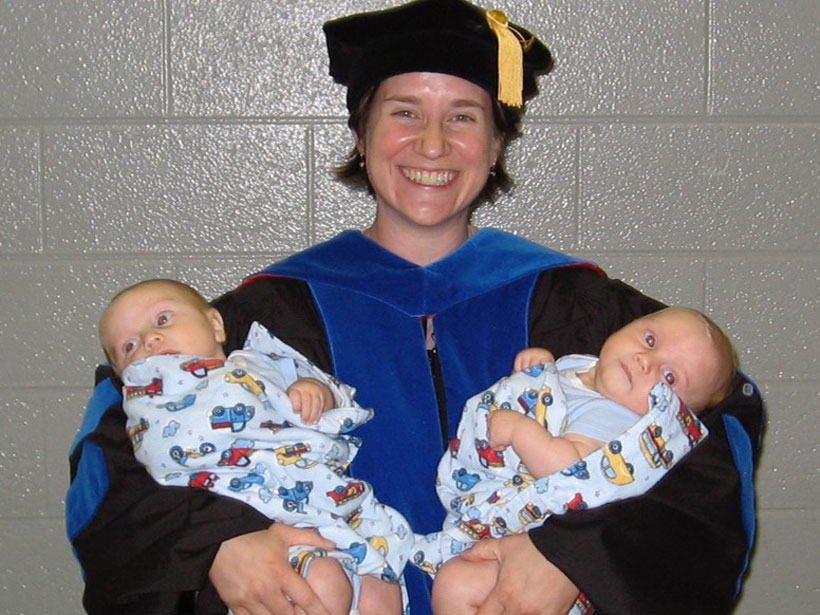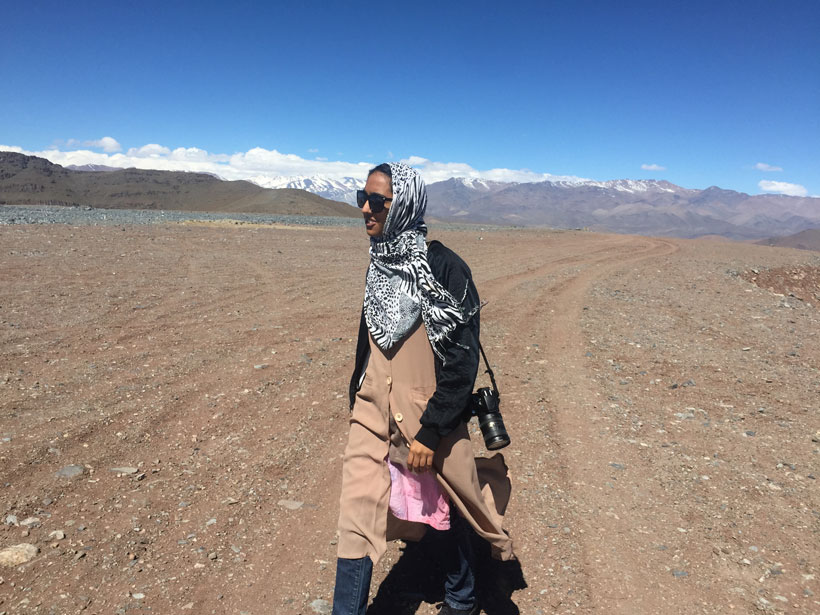Historian finds the liberal arts support a deeper study of science.
Education & Careers
Posted inFeatures
Ashley Lindalía Walker: Leading a Celebration of Black Scientists
Astronomer bridges academic and social media outreach.
Posted inFeatures
Navakanesh M Batmanathan: Customizing Hazard Outreach
Geologist contributes to community-focused outreach in Southeast Asia.
Posted inFeatures
Robin George Andrews: “The New York Times Volcano Guy”
Making the leap from science to journalism.
Posted inFeatures
Darcy L. Peter: Harnessing Alaska’s Native Knowledge
A climate scientist finds her dream job not far from home.
Posted inFeatures
Fushcia-Ann Hoover: The Business of Environmental Justice
EcoGreenQueen balances academia and entrepreneurship.
Posted inFeatures
Aisha Morris: Opening the Door to Science
Forging a path from rocks and rifts to the National Science Foundation.
Posted inFeatures
Karen Layou: A Wider 2-Year Track
Supporting geoscience education across a spectrum of opportunities.
Posted inFeatures
Rick Jones: Finding the High School Spirit
Installing a love of learning in students and teachers alike.


